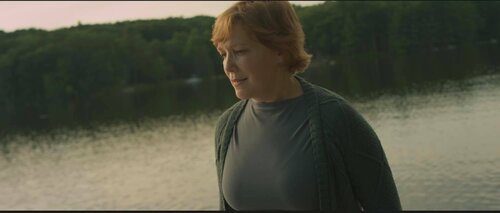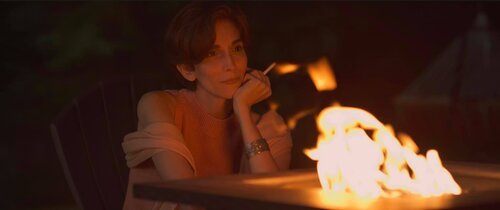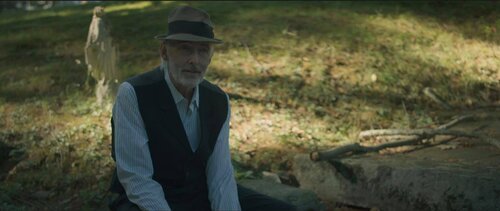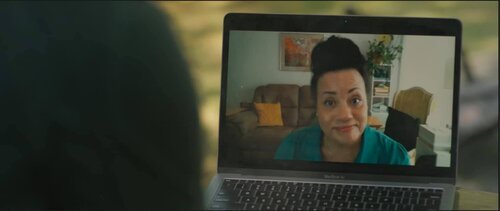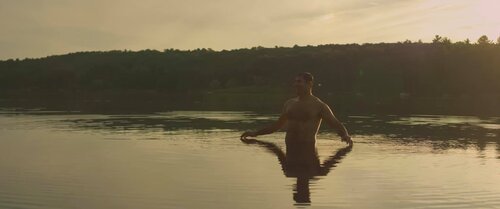We all know the quote ad nauseam. With great power comes great responsibility. And before Cliff Robertson portrayed Uncle Ben in Sam Raimi’s 2002 Spider-Man, a variation was uttered as the closing narration in Amazing Fantasy #15 in 1962. Of course, the idea extends throughout the centuries. The French have a phrase for it: la noblesse oblige, which emphasizes the idea that nobility extends beyond entitlement, demanding people who hold high status carry out their social responsibilities.
And indeed, artists are free to say what they like. Nowadays we might face social firing squads but to me this pales in comparison to the literal firing squads artists once faced in the not so distant past. Not that violence can’t bubble up when one speaks their truth; i.e. Salman Rushdie. How far we are willing to go for our art and our truth is a different conversation altogether but for the most part, we live in a time and place where a significant degree of tolerance is habitual. Ideally this convention continues to hold strong.
And because of this linguistic and creative freedom, artists hold much sway in the idea landscape of our shared reality. We influence society. We influence trends, values, and ways of life. We influence the way in which individuals see the world and perhaps even navigate through it. Artists are akin to subjective journalists, correspondents who go into the conflict zones of culture and report back through art.
While history books tell you what happened, we tell you how it felt. That is our function, to look at the world from a different perspective in an attempt to understand one another in a new way.
We can say whatever we want however we want. And that, my friends, is an awful lot of responsibility that we should not take lightly.
I remember seeing an Off-Off Broadway showcase a few years back. I believe it was 2018. One of the pieces was about a brother and sister arguing over the brother’s new girlfriend – who happened to be a Trump supporter. It was an intriguing play but I recall a pit in my stomach forming as I realized the girlfriend was never going to make an entrance. Her voice, and by extension, all such voices, were silenced. This struck me as the cardinal sin of theatre despite my personal disdain for both the man and his behaviors. It was a blasphemous artistic decision. While I happened to be politically aligned with the siblings in the play, I realized we had gotten to the point where we were writing out characters we didn’t agree with or couldn’t comprehend. The latter is probably the most striking validity. And this example is, of course, a microcosm of our current scene at large.
I started to wonder if we were insulating ourselves. Had we created our own bubble to the point where we dared not go outside it? What might it mean if we did start to understand such characters and therefore such people…?
I go to plays all the time. I also go to poetry readings. Art, to me, is one of the most important facets of my life. It is, after all, along with science, a needed bastion for any pursuit of truth and compassion. Yet over and over I kept feeling that we were preaching to the choir – preaching to ourselves.
Thespians were preaching to theatergoers. And poets were preaching to poets. And the non-artists in the crowd already agreed with us. For the most part.
We reveled in our like-mindedness. We felt protected, secured, and comfortable in our shared opinions and safe spaces.
It felt as if we were in a metaphoric bubble, both encapsulated and blinded. Ignorance became trapped in virtue. We were blissfully stuck in the conformity of our ways.
They say great art does not answer questions – it provokes them. I had suddenly realized I had not seen new pieces of great art, by this mantra, in quite some time.
My acting training has undoubtedly influenced the way I interact with the world. I tend to view situations through the lens of objective and obstacle (thanks a lot Stanislavsky 🙄). When I engage in a polemical conversation or create a piece of art, I ask myself: what am I trying to do? And more importantly, what is the best way for me to reach my objective? What strategies should I impose and implement in order for me to put my objective in the strongest position possible? And the thing about objectives is that the best ones aren’t actually about you. It’s about what you want or need from the other person.
As long as I am also open and listening truthfully, I have often found this to be a good starting point and I wonder what would change if this became a bit more of the norm.
Even while writing this I fear readers might misconstrue what I’m trying to say. One should always express their most passionate and contentious truths, feelings, experiences, and opinions. But as the old adage goes, it’s not what you say but how you say it.
Otherwise, what you are saying becomes self-serving and subsequently self-defeating; you will reach and affect fewer people as a result. And what good does that do?
I suppose it seems only reasonable that I should brainstorm some sort of solution if I am brash enough to point out our plausible flaws. I think the contemporary creative who wishes to bring awareness to issues that warrant attention needs to engage a bit more in the formation of a plan of action (myself included). We need to get better at the skillful use of a stratagem. How can we reach those who we feel truly need to hear what we have to say? How do we do that without sermonizing, without being ostentatious, pedagogic, pedantic, or as didactic as this very sentence? And after we figure that out, what is the best way to communicate to them? What cultural language do they speak? What values do they hold? What tends to move them? Adjust accordingly. And think about the best form and format this food for thought will be served on that would allow them to best digest it. I realize this sounds somewhat manipulative. But I think it’s actually quite the opposite. It’s showcasing a degree of consideration while putting to use your most persuasive appeals in good faith.
When I think of a narrative “political filmmaker” who is also considered an activist, the first name that pops into my mind is Oliver Stone. And I think of this quote of his:
“You cannot approach history unless you have empathy for the person
you may hate. We can’t judge people as only ‘bad’ or ‘good’. [Adolf
Hitler] is an easy scapegoat throughout history and it’s been used
cheaply. He’s the product of a series of actions. It’s cause and effect.”
It’s a harsh reality. But there is much truth here. And this seems to be a very difficult aim to achieve when “blocking” people digitally and then by extension in every other way, takes nothing more than the click of a button. And while I don’t necessarily consider myself a transcendentalist, I, for one, do not wish to live in a world where half of the population cannot understand the other half. I hold out hope that Jean-Jacques Rousseau was right and goodness is an inherent quality of human beings. Then again, these days, I simply hold out hope that we can agree on what goodness actually is and what it looks like.
A colleague and I were recently discussing whether or not every creative endeavor could thoroughly be viewed through a political lens and indeed it feels as if anything can be made to be extremely political in our day and age. But the most effective political pieces of art are not ubiquitously political. They’re personal. The political is the residual of real lives. That is where the power to truly create empathy, understanding, and change stems from. And that might just be the best way to maximize advocacy in the arts.
But then again – what do I know!? I say this in the least sarcastic manner. I am but one voice in an ongoing conversation as no piece of writing exists in a vacuum. I ask myself how this very article contributes something new and honestly perhaps it is best viewed as a gentle but poignant reminder.















